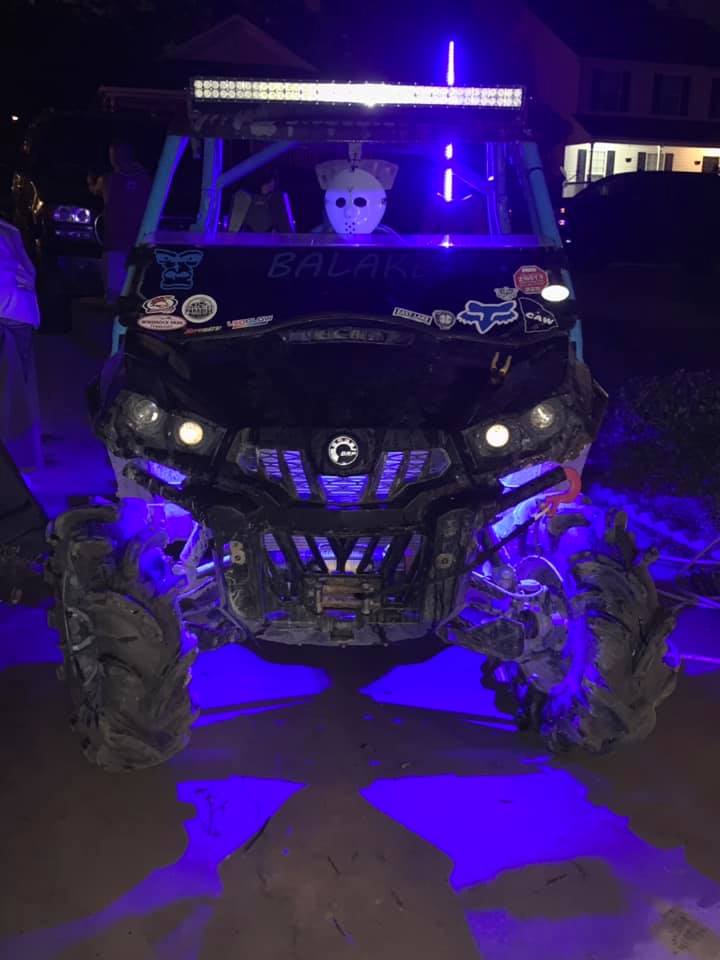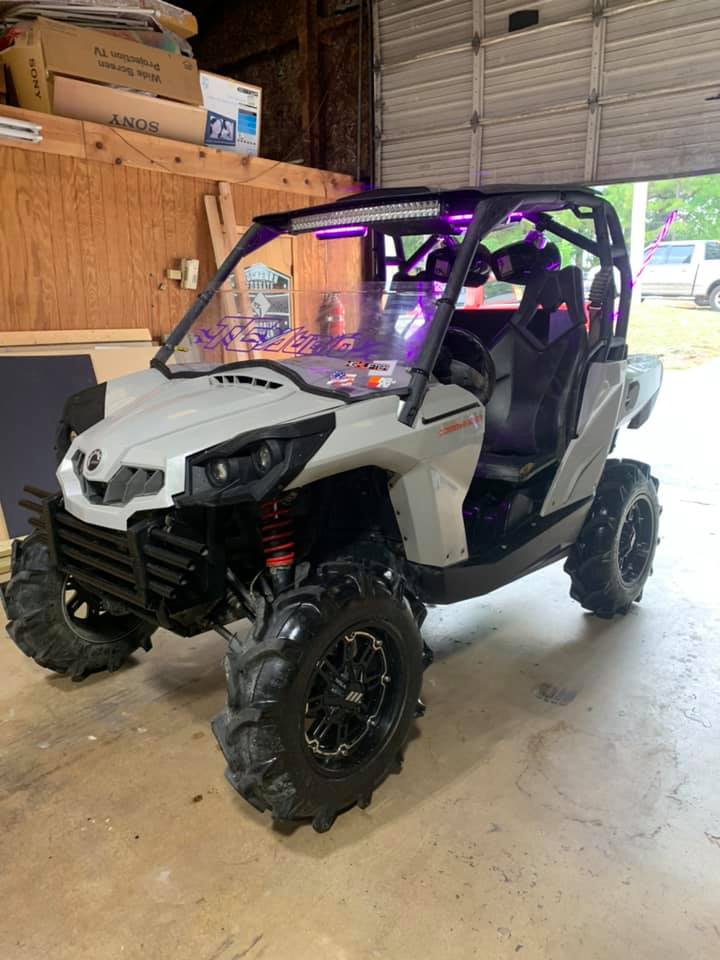Best Practices For Can-Am Maintenance And Upkeep
Oct 20th 2019

So you just bought yourself a Can-Am side-by-side, and you probably spent a pretty penny her. It doesn’t matter if you bought your rig slightly used from a friend or brand spanking new from the dealership floor, there are a few measures one can take to optimize the performance of their Can-Am UTV. A little maintenance here and there will go a long way, both preventing breakdowns and malfunctions as well as ensuring that peak performance is being reached. So strap on that fresh belt and bleed your breaks, because we’re about do get cranking on Can-Am general maintenance and upkeep best practices.
Keeping Your Can Am Running Right

Contrary to the belief of some Can-Am owners, it isn’t normal for a machine to feel clunky during take off. Even if it seems fine when opened all the way up, many machines feel jumpy when taking off slowly. You don’t have to live with this, and it can be fixed. Even if your Can-Am acts the same in reverse, there are a few things you can check to correct the issue. In some cases, you might just need a new belt. However, not all UTV belt brands are created equally. Our favorite is the Maverick belt. We’ve heard of guys and gals getting over 10,000 miles on them — while other belts are lucky to get you 1,000 miles. And to extend the life of your belt even further, you should look into a clutch blower.
If swapping the belt didn't fix it, the rear drive shaft is brand new, you have a one way bearing and your machine still clunks, it might just be a noisy differential. Yes the Can-Am differentials are definitely noisy, but there is a distinct difference between a noise diff and an off-putting clunk noise. If your ear is keen, you should be able to tell if something else may actually be wrong. Make sure to check the sway bolts to ensure that everything is tight, and don’t overlook the Input yoke bearing and wear collar in the rear diff and output shafts. Check for play and listen closely. A good sign that your differential is going out is that under decent acceleration it sounds fine, but it will get really clunky when going slow or trying to cruise at a slower pace. After swapping the belt and cleaned the clutch sheaves, the next thing you might check is the primary clutch spring. A Dalton low speed engagement spring will drop the engagement of the primary a few hundred RPM and smooth it out. Say goodbye to sputtering and jerkiness and hello to smooth and crisp accelerations!
Can-Am Upkeep After Swamping

For riders that aren’t scared of a little water, some slight fright might set in if and when they see some milky oil getting puked up after romping through the swamp. If your unit shut off after swamping her in deep water — or starts but with very little power — you might notice oil in air intake. Worry not, however, because with a few flushes, you’ll be right as rain in no time. It should be noted that there is oil in bottom of airbox from the factory to catch fine dirt, dust etc. Totally normal and nothing to worry about. But if you’ve just gone thorough a water hole, the first thing you should do is clean out the intake track and do five or six 2-quart flushes. Change the oil, let it run for a minute, check it to see if it's milky, drain it then fill it and do it all over again. And don’t forget a couple new oil filters as well. Another way to flush is to use diesel. A friend of the site swamped her outlander a few times, and found filling the motor with diesel a couple times got the water out of the motor faster, and with less oil changes, than the other method.
It can definitely freak you out the first time you get a little deep in the wet stuff, just make sure you clean everything out good. The intake tract is a pain to clean out because it has a big belly in it. Just take your time and do it right and you should be fine. It wouldn't hurt to check your fuel for water depending if you drowned out the breather.
Can-Am Battery Maintenance
A final aspect of upkeep and maintenance is ensuring a proper electrical system. The owners manual says not to connect a battery charger to the battery while it’s still connected to the side-by-side, but you can connect a battery tender to the battery. Tenders aren't going to cook the battery, which is what a charger will do if left unattended. Leaving a charger on the battery that is not a smart charger will cook the battery if left too long on a higher amperage, but automatic tenders are ok. Manuals can be bad, espically those cheap harbor freight POS ones that cost $6 and look like a wall transformer.


